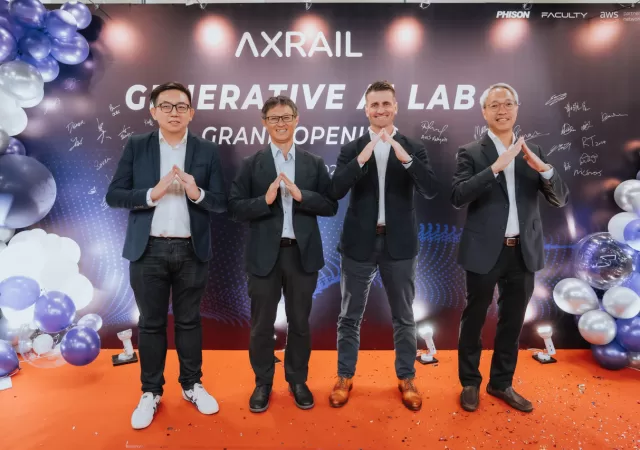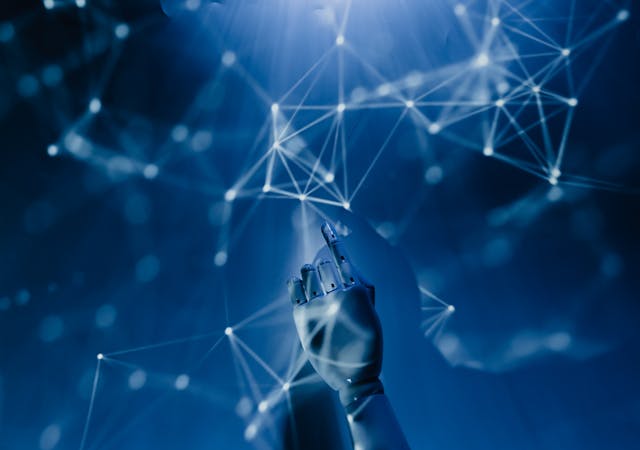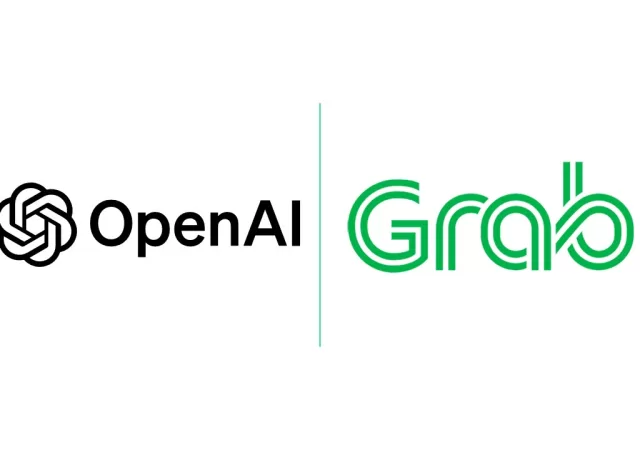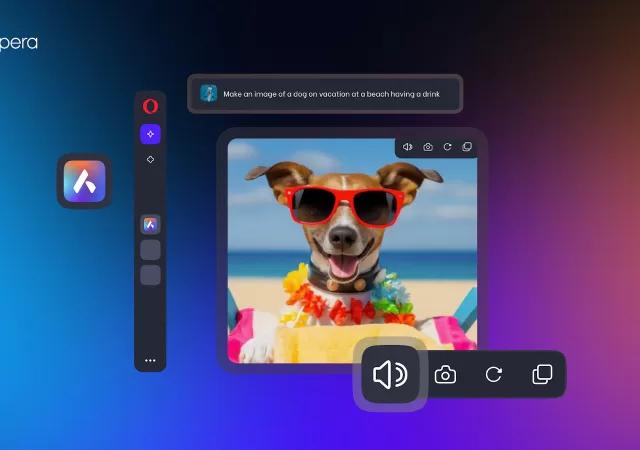Harness Generative AI. Lenovo’s end-to-end solutions make AI practical everywhere, from AI-powered devices & PCs to full adoption services for your business
Accenture Enhances Cybersecurity Offerings with Generative AI and Advanced Technologies
Accenture expands its offerings in cybersecurity with new AI-enhanced services aimed at mitigating the impact of Gen AI based threats on business operations.
Axrail Collaborates with AWS & Phison in Launching Southeast Asia’s First Gen AI Lab
Axrail launches Southeast Asia’s first Generative AI (Gen AI) Lab in collaboration with Amazon Web Services (AWS) and Phison.
Bringing the Open Source Way to AI
Can we open source AI? Ashesh Badani, VP and Chief Product Officer at Red Hat weighs in on the big question of open source AI.
AI Enters the Classroom: OpenAI Unveils ChatGPT Edu
OpenAI announces ChatGPT Edu, a version of its popular ChatGPT generative AI for classrooms.
Grab & OpenAI Join Forces to Supercharge the Superapp Experience in Southeast Asia with AI
Grab and Open AI announce a partnership to enhance Southeast Asia’s largest Superapp using Open AI’s Generative AI know-how to better the user experience on the app.
Opera Browser Gets AI Infusion with Google Cloud & Gemini
Opera Browser announces a partnership with Google Cloud to bring AI features to the popular web browser that run on Google’s Gemini generative AI Model.
AI and Environmental Sustainability – A Symbiotic Relationship
Explore the game-changing potential of AI and its impact on industries and economies. Discover how data processing and data centre performance are crucial for leveraging this transformative technology.
Upskill for the AI Era with Coursera’s Gen AI Academy
Coursera launches Gen AI Academy in Malaysia to help empower the workforce to drive the digital economy.




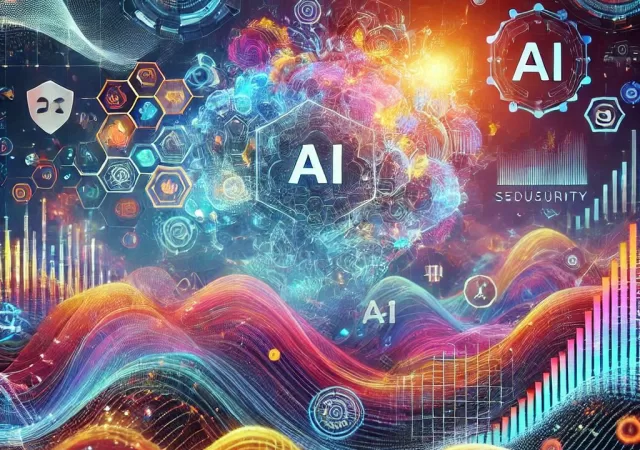
![BurgundyDream 16 9 English (1)[1]](https://techent.tv/wp-content/uploads/2024/09/BurgundyDream_16-9_English-11-640x450.webp)
